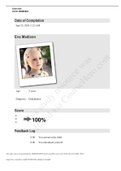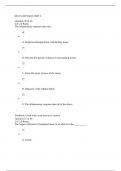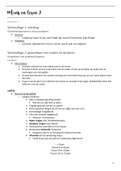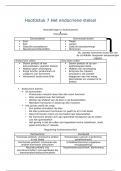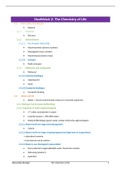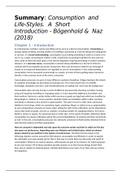Summary
Summary Dispute Resolution Revision Notes (Distinction Level)
- Module
- Dispute Resolution
- Institution
- University Of Law (ULaw)
Comprehensive Dispute Resolution revision notes. Covers both civil and criminal litigation. Includes all necessary information covered in reading, workshops and lectures. Helped me attain a distinction level grade of 87%.
[Show more]





